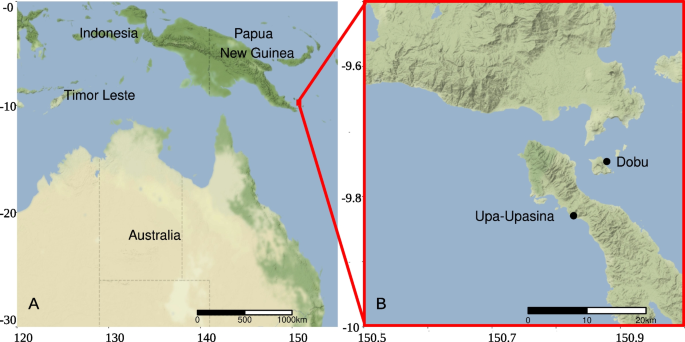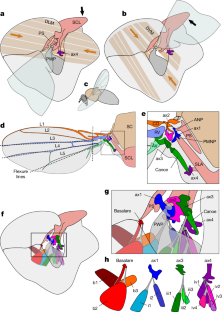2024-04-12 マックス・プランク研究所
<関連情報>
- https://www.mpg.de/21823848/0412-ornr-storks-fly-with-a-little-help-from-their-friends-987453-x
- https://www.cell.com/current-biology/fulltext/S0960-9822(24)00392-0
集団で移動するコウノトリは、経験によって仲間のルートを選択することが少なくなる Experience reduces route selection for conspecifics by the collectively migrating white stork
Hester Brønnvik,Elham Nourani,Wolfgang Fiedler,Andrea Flack
Current Biology Published:April 17, 2024
DOI:https://doi.org/10.1016/j.cub.2024.03.052
Highlights
- Storks of all ages selected energetically efficient routes
- Storks of all ages selected routes with flocks present
- Older storks had lower selection strength on the availability of flocks
- Experience may replace social information for migratory decision-making
Summary
Migration can be an energetically costly behavior with strong fitness consequences in terms of mortality and reproduction.1,2,3,4,5,6,7,8,9,10,11Migrants should select migratory routes to minimize their costs, but both costs and benefits may change with experience.12,13,14This raises the question of whether experience changes how individuals select their migratory routes. Here, we investigate the effect of age on route selection criteria in a collectively migrating soaring bird, the white stork (Ciconia ciconia). We perform step-selection analysis on a longitudinal dataset tracking 158 white storks over up to 9 years to quantify how they select their routes based on the social and atmospheric environments and to examine how this selection changes with age. We find clear ontogenetic shifts in route selection criteria. Juveniles choose routes that have good atmospheric conditions and high conspecific densities. Yet, as they gain experience, storks’ selection on the availability of social information reduces—after their fifth migration, experienced birds also choose routes with low conspecific densities. Thus, our results suggest that as individuals age, they gradually replace information gleaned from other individuals with information gained from experience, allowing them to shift their migration timing and increasing the timescale at which they select their routes.
Graphical abstract



